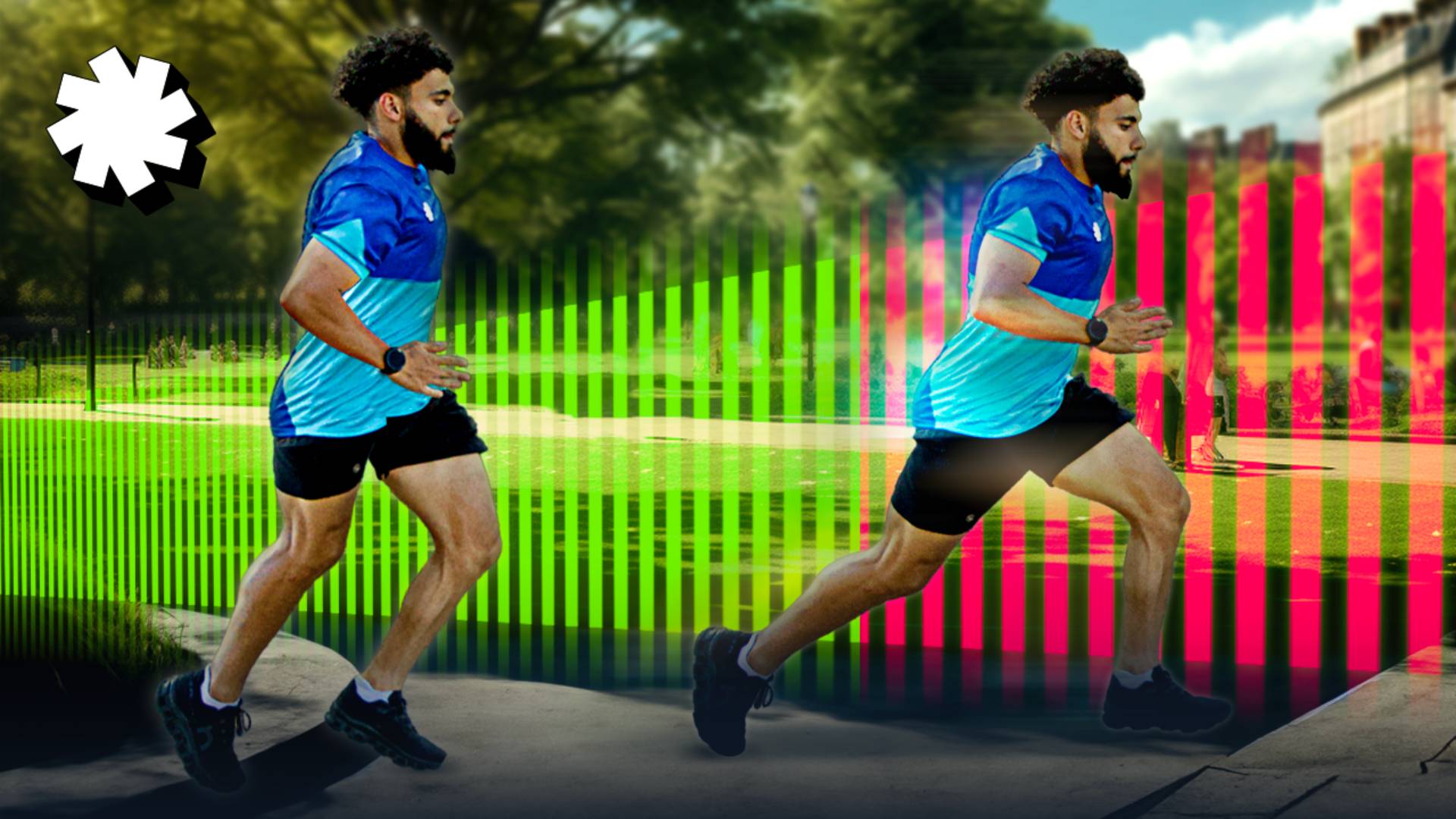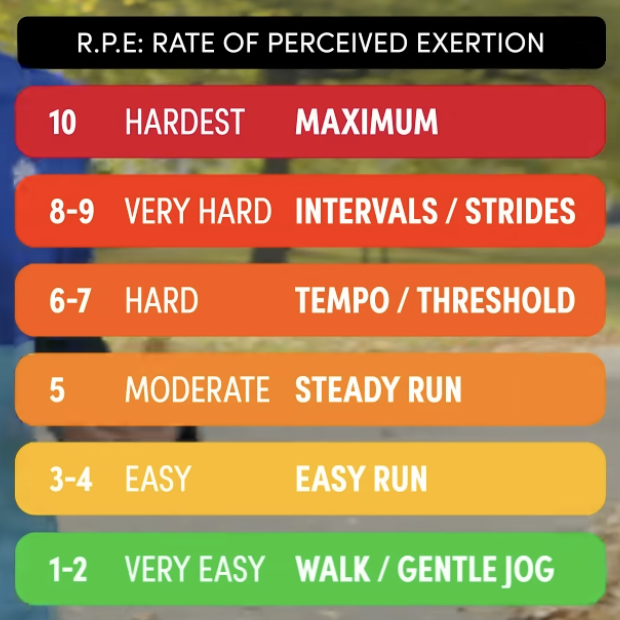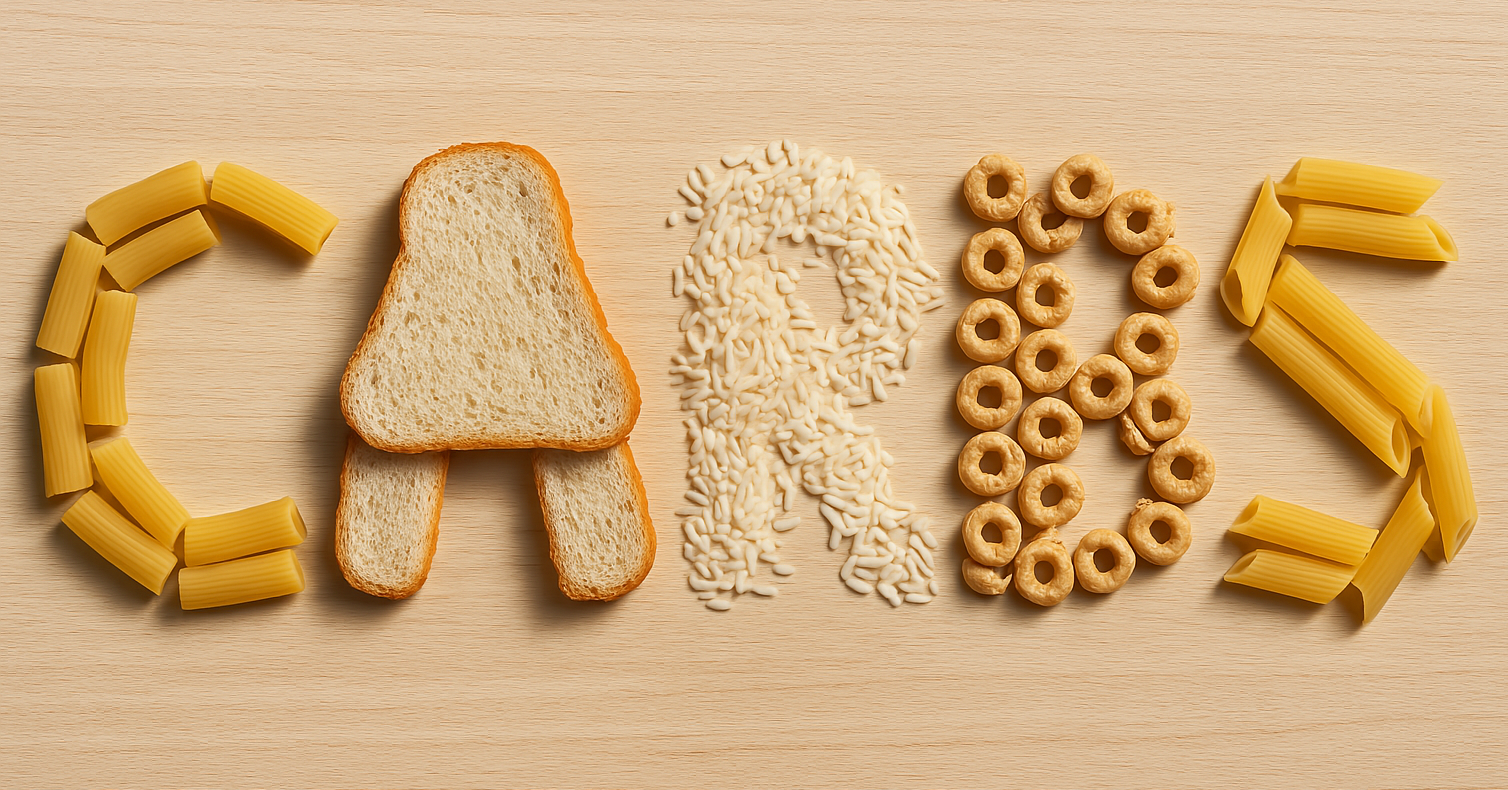What Is RPE and Running?

RPE, or Rate of Perceived Exertion, is a way to measure the effort or intensity of a run without using other data like pace or heart rate to guide you. Simply: how hard, on a scale of 1-10, do you feel like you are you running?
Listening to your body and running by RPE can be a very effective way to guide your training, and a lot of runners prefer to focus on RPE rather than trying to sustain certain paces. Is RPE running something that could work for you?
Here’s RPE and running explained.
WHAT IS RPE?
RPE, or Rate of Perceived Exertion, is a scale of 1-10 that subjectively measures the effort you exert during a run. It removes metrics like pace or heart rate and only focuses on how you are physically feeling during your current run.
Here’s the RPE scale for running, plus how it feels to run those efforts.
- RPE 1-2: An effort that could range from a slow walk to a fast walk, a hike, or very slow jog
- RPE 3-4: A controlled run at an easy run or ‘conversational pace’
- RPE 5: A moderate run at a steady effort. Imagine you increase your easy run effort slightly, or perhaps the conditions (warm weather, a headwind, a hilly trail, some lingering fatigue that you feel) make your easy run feel a little harder than usual
- RPE 6-7: A hard effort, like a tempo or threshold run. The effort you’d feel in many races (at least in the beginning!)
- RPE 8-9: A very hard effort, the sort you can only maintain over a short interval or strides. If you’re going all-out in a race, then you might get to this intensity in the final stages of the run
- RPE 10: You are running as fast as you possibly can. You’d probably only get to 10 if you’re trying to win gold in the 100m, or being chased by a bear
You can use this scale for any cardio exercise, and also for weight training. For runners who like to go to the gym, most of your workouts should be 5-7 RPE. An RPE of 8-9 is you doing a one-rep max lift.

WHY SHOULD YOU USE RPE AS A MEASURE OF RUNNING EFFORT?
Our body doesn’t have an in-built speedometer, and all it knows is how much effort we’re putting into something at any given time.
Some days running at five minutes per kilometre might feel like a moderate effort (or even easy for some runners), other days it could feel very hard, and that might change based on how you’re feeling physically (rested or fatigued, happy or stressed), by the conditions you’re running in (wind, rain, heat, hills), even the kit you’re wearing (supershoes vs max cushioned trainers).
If you’re fatigued and it’s a hot day, then it’s likely your heart rate will go up and your pace will feel laboured, which can be frustrating if those are metrics which you focus on in training. By ignoring how you’re feeling, you could risk over-exerting yourself, but if you use RPE you can monitor your effort and adapt how you are running.
Having the subjective, personal measure of intensity is the best way to know the effort you’re exerting. And ‘running to feel’ matters because it allows us to balance our training intensity and load in the most effective way.
RPE AND 80/20 RUNNING
We often talk about the 80/20 rule of running, and that works with RPE:
- 80% of your weekly runs should be under 5 RPE, and mainly 3-4 RPE
- 15% of your weekly run volume could be 5-7 RPE
- 5% of your weekly run volume could be 8-10 RPE
It can be OK to creep up in RPE, which can happen naturally as a run progresses and as you get tired, but also remember that it’s fine to slow down if the run begins to feel harder than it should. The whole point of RPE is that it allows us to listen to our body and to react to how we’re feeling at the time.
WHAT DOES A WEEK OF TRAINING LOOK LIKE WHEN FOCUSING ON RPE?
- Monday: 30 mins (3-4 RPE)
- Tuesday AM: 10 min warm up (2-4 RPE), 5 x 10 second strides (8-9 RPE), 5 x 1km tempo (6-7 RPE) with 2 minutes walk recovery (1-2 RPE), 10 min cool down (2-4 RPE)
- Tuesday PM: 30 minute leg workout (RPE 5-7)
- Wednesday: Rest (RPE 0!)
- Thursday AM: 30 minutes easy (3-4 RPE) (or other cardio like cycling, swimming or the elliptical, all 3-4 RPE)
- Thursday PM: 30 minutes easy yoga or stretching (1-2 RPE)
- Friday: 10 min warm up (2-4 RPE), 10 x 2 minute intervals (7-8 RPE) with 1 minute walk recovery (1-2 RPE), 10 min cool down (2-4 RPE)
- Saturday: Rest or easy Parkrun or 5k (RPE 3-4)
- Sunday: 75 minutes easy to steady (RPE 3-5)
HOW DOES RPE COMPARE TO ZONE TRAINING AND RUNNING?
There are some overlaps in RPE and Zone training, though Zone training is linked to your specific heart rate zones, based on your maximum heart rate. Here’s more about Zone 2 running.
- Zone 1 is RPE 1-2
- Zone 2 is RPE 3-4
- Zone 3 is RPE 5-7
- Zone 4 is RPE 6-8
- Zone 5 is RPE 8-10
The same guidance remains with the 80/20 rule here, and most of your training should be in Zone 2, which is 3-4 RPE.
USING THE ‘TALKING TEST’ TO UNDERSTAND RPE AND RUNNING
One of the most common ways to discuss effort is to think about the ‘talking scale’ of exercise. As part of that, we often hear the term ‘conversational pace,’ meaning we’re able to maintain a conversation in full sentences while we run. Here’s the talking test and how it relates to running (we discuss this in more detail here, with some specific guidance for new runners).
- RPE 1-2: You could sing a full song, if you wanted to
- RPE 3-5: You can mostly speak in full sentences and have a conversation as you run, though the sentences may get a bit shorter as you get tired or if the effort increases to 5 RPE
- RPE 6-7: It’s harder to get out full sentences now, but you can still say a few words together in between breaths
- RPE 8-9: You can just about manage one or two words at this effort
- RPE 10: If you can talk, you aren’t running hard enough
***
If you don’t use RPE in your training, then do you think it’s something you should try?





























Running News
Ingebrigtsen Stars at World Athletics Indoor Championships 2025 – Plus All The Winners!
Sam Ruthe Is First 15-Year-Old To Run A Four-Minute Mile!
Eliud Kipchoge Will Run The 2025 Sydney Marathon!